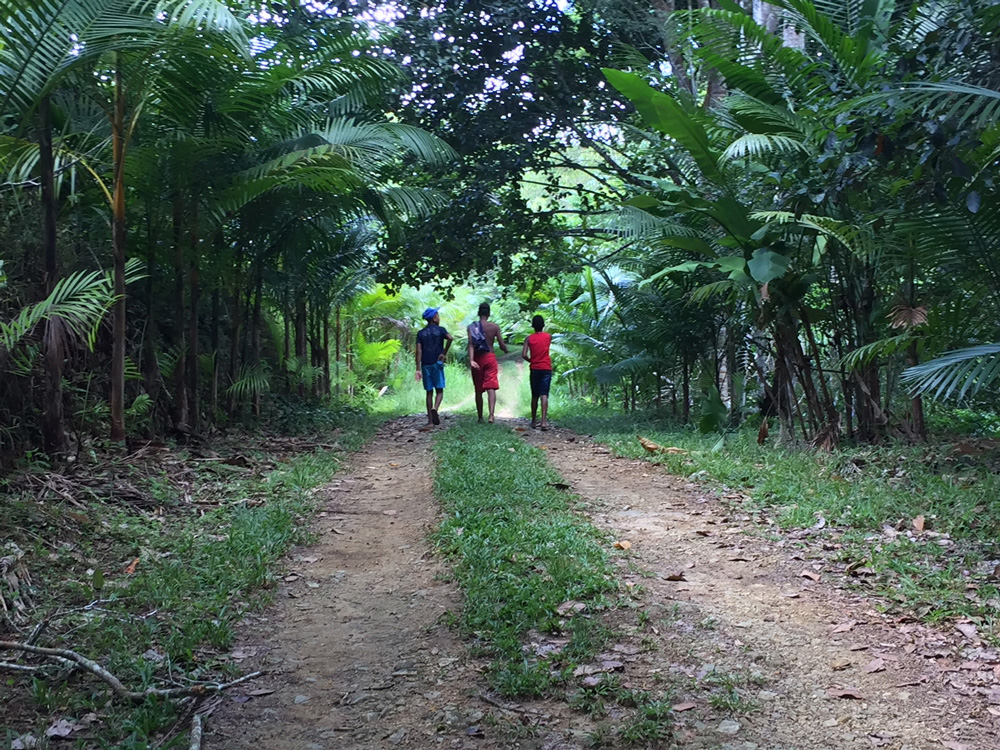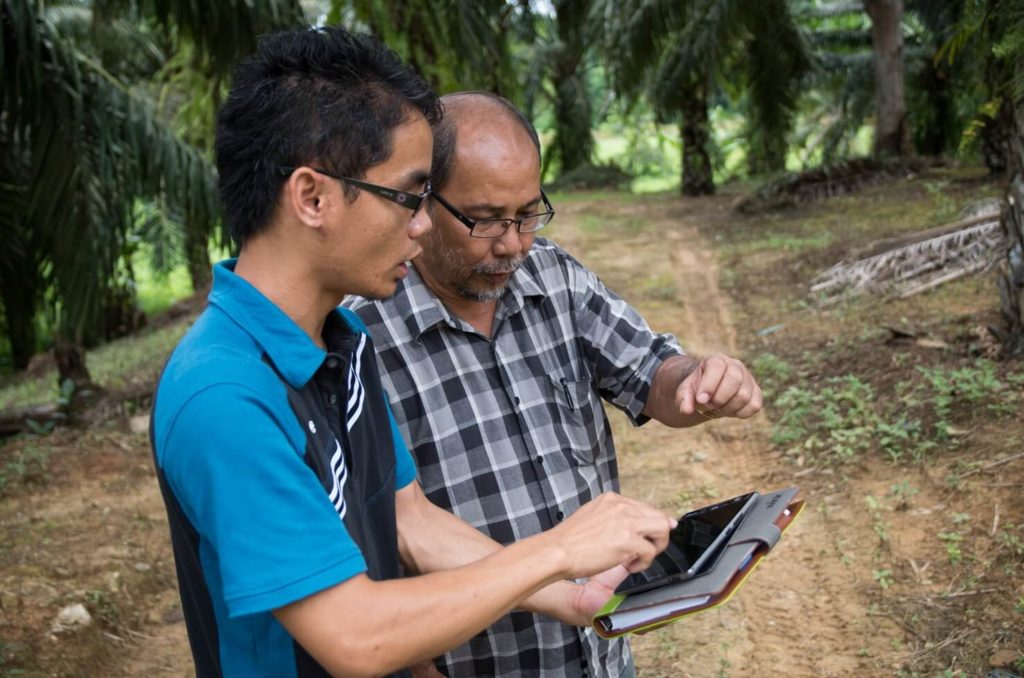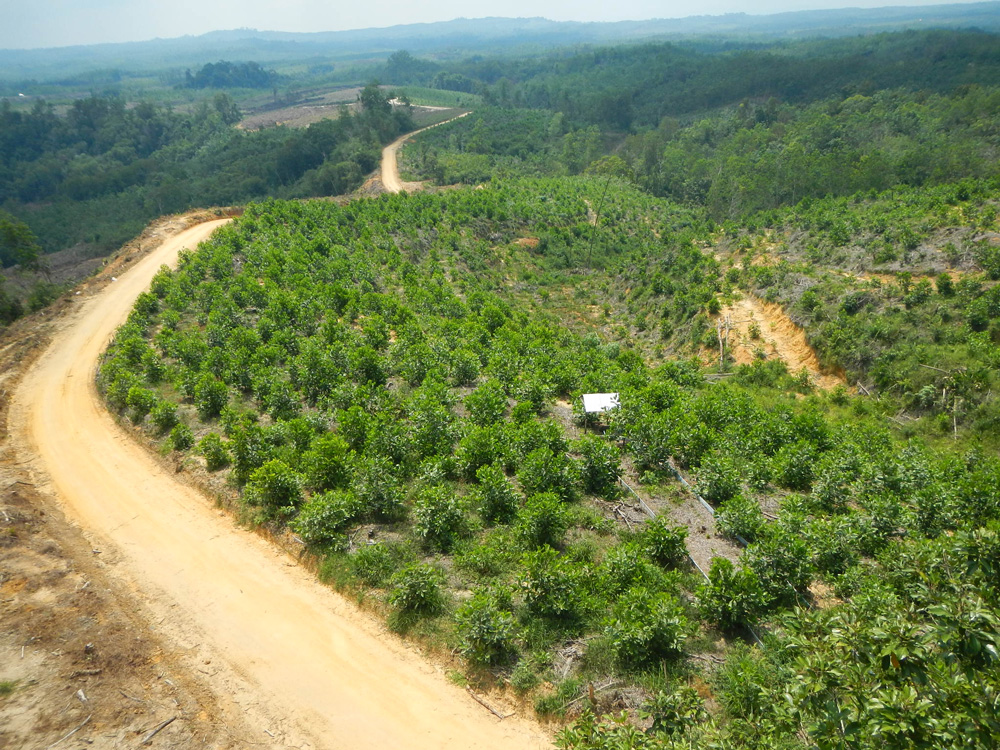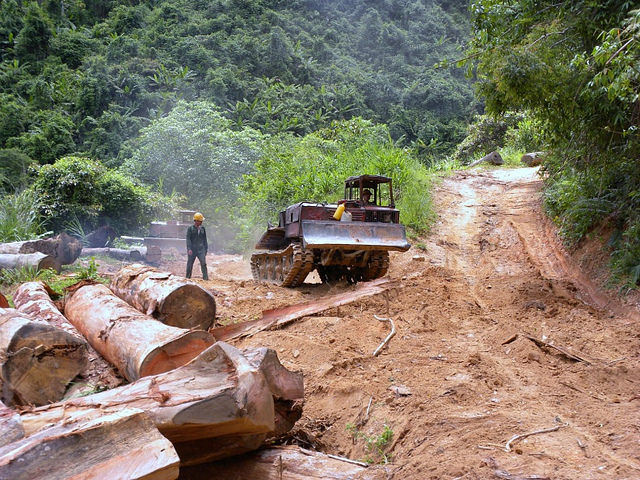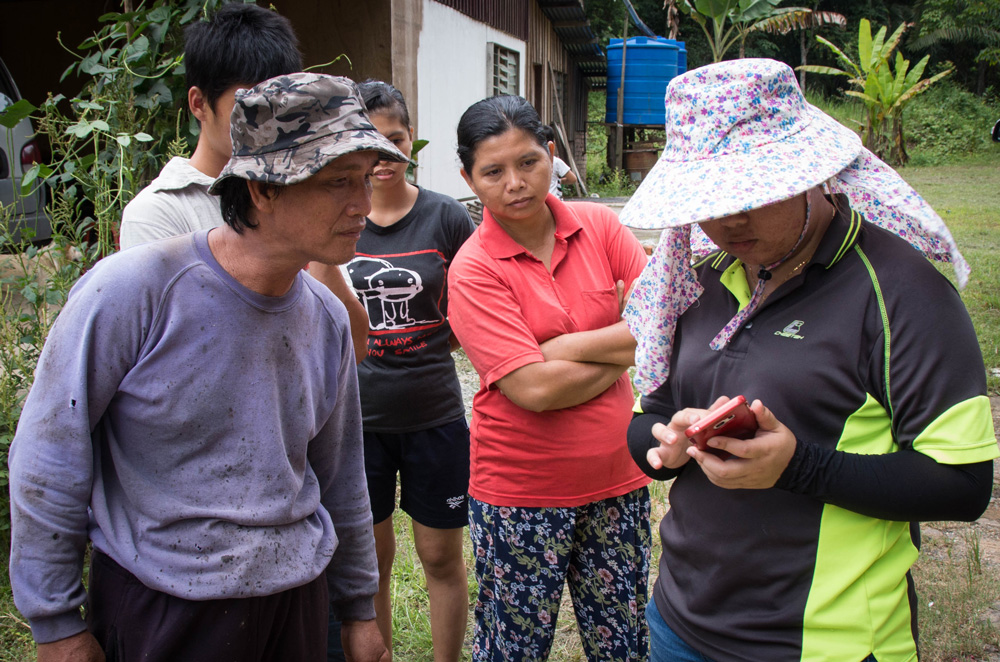The production of everything from shirts to foods has an impact on people and the planet. In fact, palm oil, soy, beef and wood products alone are responsible for 70% of global deforestation. Clearly, sustainable business are urgently needed to solve the problems evoked by unsustainable production.
This is why, the 2030 Agenda and the Sustainable Development Goals include goal #12 on sustainable consumption and production. Implementation of this goal, among other things, implies that businesses build well-functioning monitoring to track their environmental impact, so they can achieve sustainable and efficient use of natural resources, reducing waste and pollution.
The idea to monitor resource extraction or cultivation that businesses do on the ground is not new. However, this monitoring has traditionally been performed by the companies themselves, which has raised a lot of concerns about the quality of such evaluations. Hence, there has been a continuous lack of trust and antagonism between businesses and non-profits and even between businesses within the same supply chain.
The main reason for this distrust is suspicion that the consultants who perform environmental and other monitoring for companies are biased and involved in the so-called “greenwashing”. Vice versa, when Civil Society Organizations (CSOs) raise concerns about unsustainable business practices, the private sector often meets it with low confidence and dismisses these concerns as political activism with little scientific backing.
In short, there have been very few opportunities for companies and civil society to come together on neutral grounds.
Hopefully, the vision set by the SDGs, can unite the parties. In fact, there is at least one promising approach to develop the interface for their interaction.
